Nestled among Richmond Cottages in Dublin’s Ballybough sits a black and white mural of poet and playwright Brendan Behan on the gable end of a house, who is holding up a glass of milk, with a typewriter propped up in front of him.
Locals say the house which features the mural is of special significance, as Behan, who was originally from nearby Russell Street, apparently used to visit a friend there for Sunday lunch before going to the pub.
The mural was completed by artist Shane Sutton in 2016, after he was approached by a community group – Richmond Cottages and District Association – which received planning permission as well as funding from Dublin City Council under the Decade of Centenaries Programme.
When I was painting back in the Nineties, it wasn’t such a popular thing. So it’s great to actually have that demand now
Five years later, Sutton completed a mural of James Joyce close by, just two among a number of artworks that have popped up on walls around the city and its suburbs in recent years.
“The murals are not only artistic, they are grounded in the community and are a celebration of the area,” says Mick Rafferty, chairman of the Richmond Cottages and District Association.
“The north inner city is usually associated with negativity, with drugs and disadvantage, whereas we have this rich history that has to be celebrated, and for young people to see there are different ways of expressing themselves.”
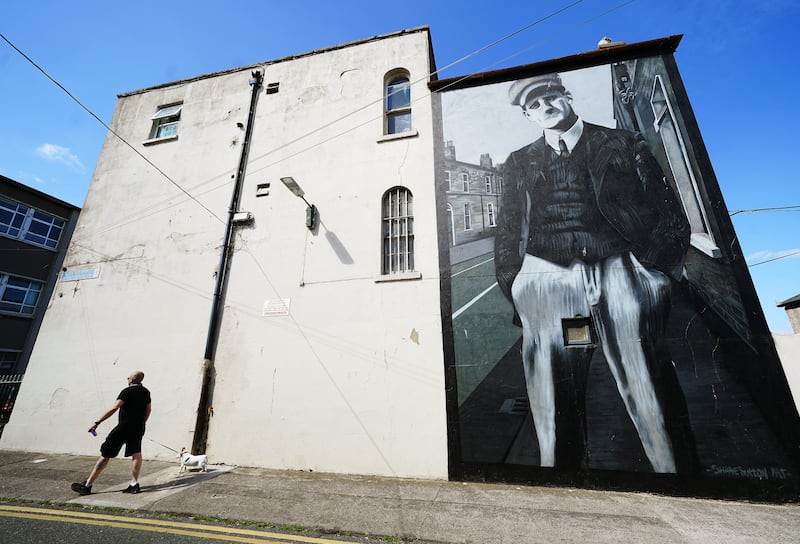
Sutton believes “people actually want to see street art now”.
“When I was painting back in the Nineties, it wasn’t such a popular thing,” he says. “So it’s great to actually have that demand now. Waterford is a great example: they have a great model there, putting up lots of walls.
“I think Dublin is a little bit behind in the sense that the restrictions are sort of complicated; we [artists] generally can’t do a big wall unless it’s funded, and those fundings are hard to come by.
“It’s definitely improving but we are still way behind. There’s a load of spots around Dublin that we could paint.”
In Waterford its Walls Project, which commissions large murals across the city and county, has developed into an annual international street art festival. However, some artists in Dublin say receiving funding and planning permission for such murals can be difficult to secure in the capital.
Dublin City Council says there are “a number of complex issues” relating to street art.
“The most obvious of these is the fact that the art is purposely created in the public realm on public and private property, often creating a tension between the rights of artistic expression and those of property owners and residents,” it says.
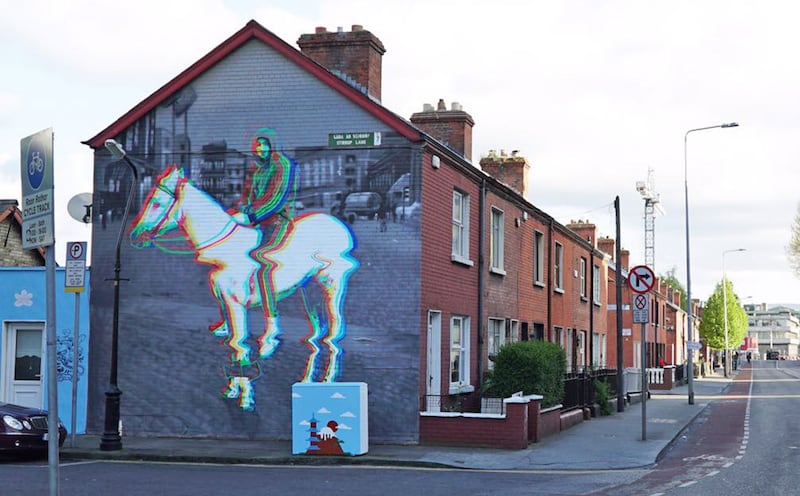
The council explains there are three main ways to execute public art in a public space – through a planning permission application, a community arts project, or on “legal walls”.
It says it has trialled the concept of legal walls for street art and is supportive “in principle” of such proposals.
“Consent was given for locations in the city in the past. However owner permissions were withdrawn due to additional tagging of the general area and antisocial behaviour,” a spokesman said.
Subset, the artistic collective behind some of the most recognisable and popular street art across the city, says current legislation and procedures are “questionable at best” and in its opinion “require scrutiny and subsequent revision”.
Dublin City Council dropped a legal case against Subset earlier this year, just days before proceedings were to begin in relation to three murals in the capital: the Horseboy mural in Dublin 7, the Think & Wonder mural on the side of Granthams Cafe in Dublin 8; and a portrait of David Attenborough on the side of a house in Portobello. There is due to be a hearing in February in relation to legal costs.
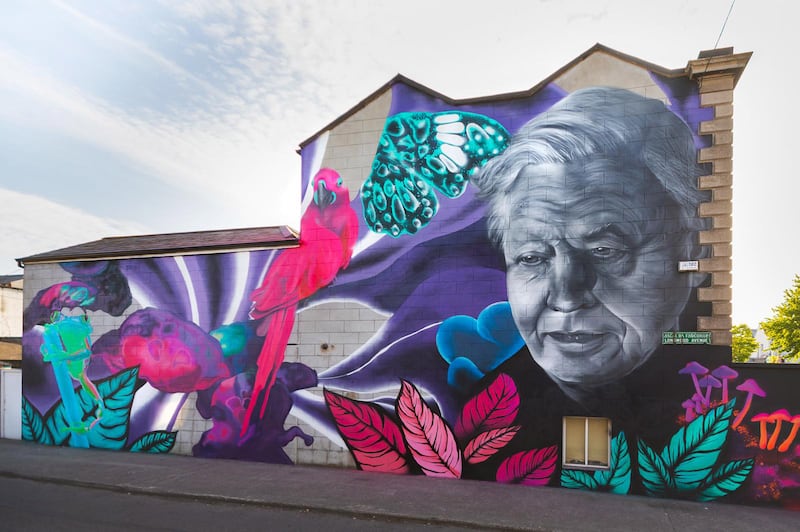
Subset says it always receives permission from the relevant property owner in advance of painting, but not always from Dublin City Council. It says it has removed over 35 murals on the order of the local authority.
“We see public art as art for the public by the public,” it says. “Dublin City Council seem to see it as art for the city as a bureaucratic function.
“This co-optation by local government ultimately works to subvert the medium for its own ends. Through not engaging with this system, and everything that has come with that, our aim has been to highlight the underlying and overarching matter at play here – control.”
We see public art as art for the public by the public. Dublin City Council seem to see it as art for the city as a bureaucratic function’
— Subset artistic collective
Subset adds that it will be sharing what could end up being its final series of murals and body of work over the coming weeks.
“We are at the end of our tether and have very little left to give in our current state,” Subset says. “There are several factors which have led to this, primarily the impact of the criminal prosecutions and everything that came with them.”
Cathy McGovern from Sandycove in South Dublin was forced to remove a mural featured on the front of her home of two ballerinas following an order from Dún Laoghaire-Rathdown County Council and a subsequent rejected appeal by An Bord Pleanála in recent months.
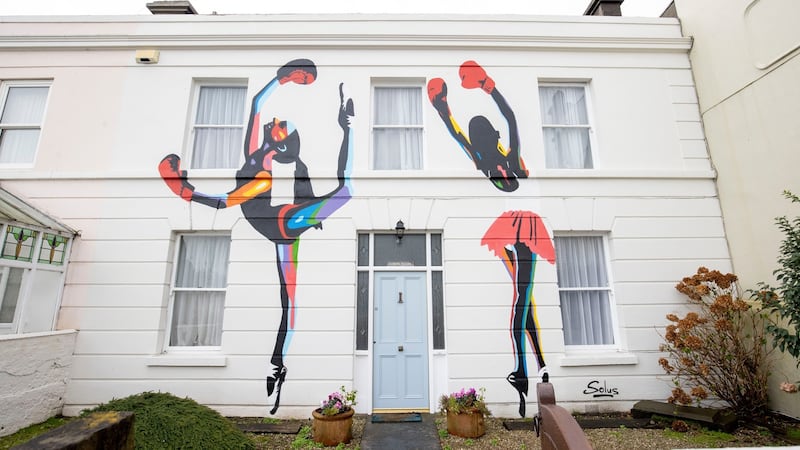
An Bord Pleanála’s listed reasons included that the artwork was distracting from road signage, was depreciating local property values and was incongruous given the historic building’s general character.
It said the mural had an “overly prominent and seriously negative impact on the visual amenities and character” of the surrounding area.
McGovern says the mural, which was painted by artist Solus in August 2021, received “an almost 100 per cent positive reaction” from her neighbours and describes the process of trying to secure planning retention as “massively cumbersome”.
“I had to put in the same level of detail as if I was building a block of apartments. I had to get drawings of the back of my house, drawings of my neighbour’s house, it was ridiculous,” she says.

“The process for [erecting] murals is not fit for purpose ... People have said to me, ‘should you just be able to put up your mural without planning’ and I thought no, I do believe in the planning process, but I believe in a planning process that actually is fit for purpose.
“I think the flaw with the planning process is that the adjudicators are civil servants and not the community. I think there should be a process for murals specifically where they don’t require planning, you can put them up, there’s a four-week voting period where people in your community vote whether they want it kept or not, and if they don’t want it, it can be taken down.”
At the end of Kildare Road in Crumlin lies a striking mural of Phil Lynott and lyrics from his song Old Town, which was painted by artist Sarah Bracken Soper earlier this year.
Bracken Soper was approached by local community groups who received planning permission through Dublin City Council.
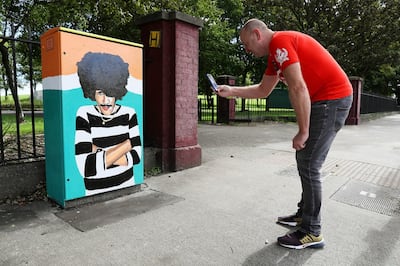
She agrees the process of painting murals should be “more accessible” for artists but adds: “I can see both sides.”
“The council can’t really just let anything go up, but they need to engage more with artists and make the process easier,” she says.
“If I didn’t have the community group behind me and them going to meetings with the council and that, there would be a barrier there and it would be a lot more difficult for me. I think a lot of artists don’t really know where to get started, who to approach and how they go about it.
“If there was even a website ... where proposed artworks could be put up and left open for a public vote for a limited amount of time, to get a response from people ... at least then there would be immediate feedback for the council to review.”
Emmalene Blake, whose murals came to international prominence during the Covid-19 pandemic, including an endorsement from American rapper Cardi B, says Dublin has lost a number of spaces where artists could paint before, such as the Bernard Shaw in Portobello.
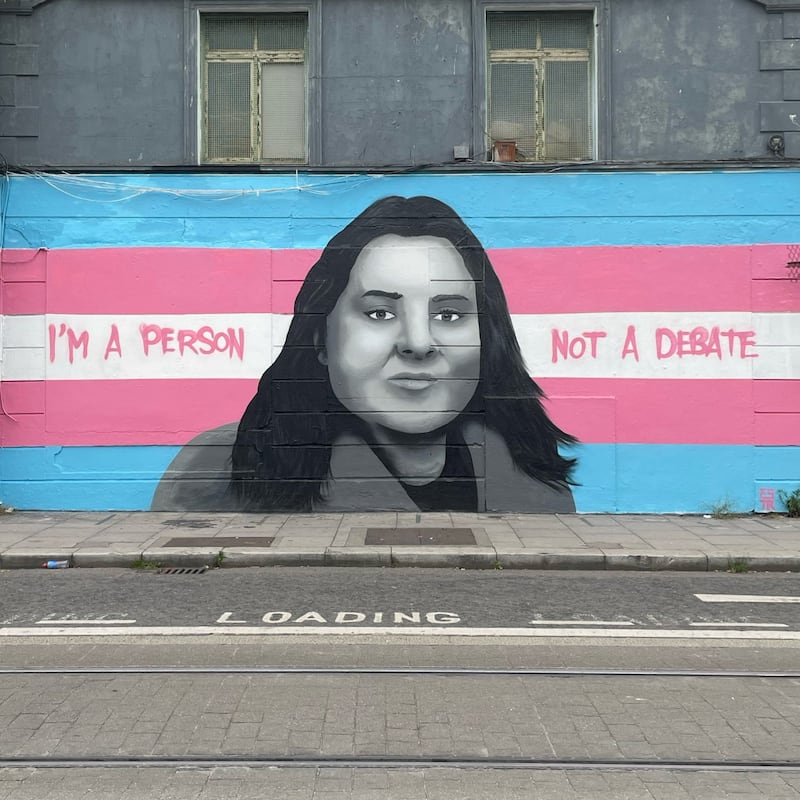
“There are a small amount of legal spaces in Dublin where artists can go and paint, but I definitely think we do need more spaces like this. We need spaces where artists just starting out can go and practise, and spaces where artists can go and paint passion pieces, as well as more large walls dedicated to large-scale funded commissions,” she says.
“I think what Dublin could really benefit from is an annual street-art festival. The benefits of annual street-art festivals have been seen in so many cities around the world. We are behind when it comes to that.”
Blake, who has been painting street art for about 10 years, says it can be a way of “bridging lots of barriers, and a way for culture to be accessible to everybody, as it should be”.
“Street art also offers people the opportunity to see a piece of art come to life and engage with the artist and their process,” she says.
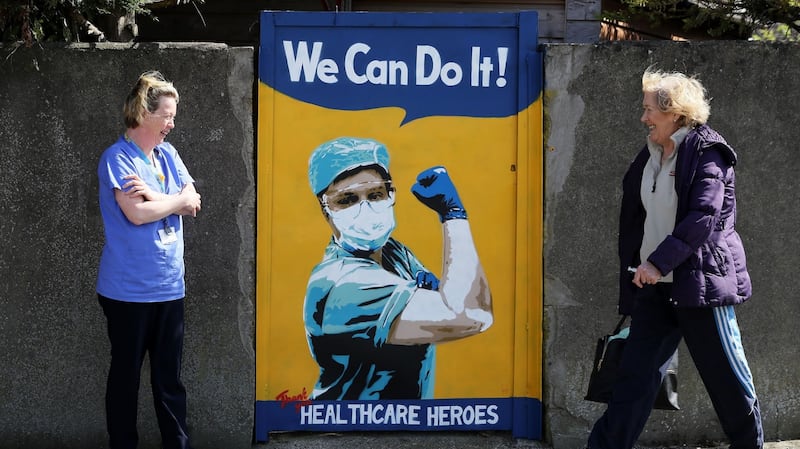
“How often do people get to go and look at artists in their studio and see an artwork come to life, and talk to the artist while they’re creating it?”
Subset says it is working with a TD on a Public Art Bill aimed at amending legislation in relation to street art.
“Even if we don’t see it through to next year ourselves, we believe a potential change in legislation has been worth fighting for and will be revolutionary for the current and future generations of Irish artists.”










